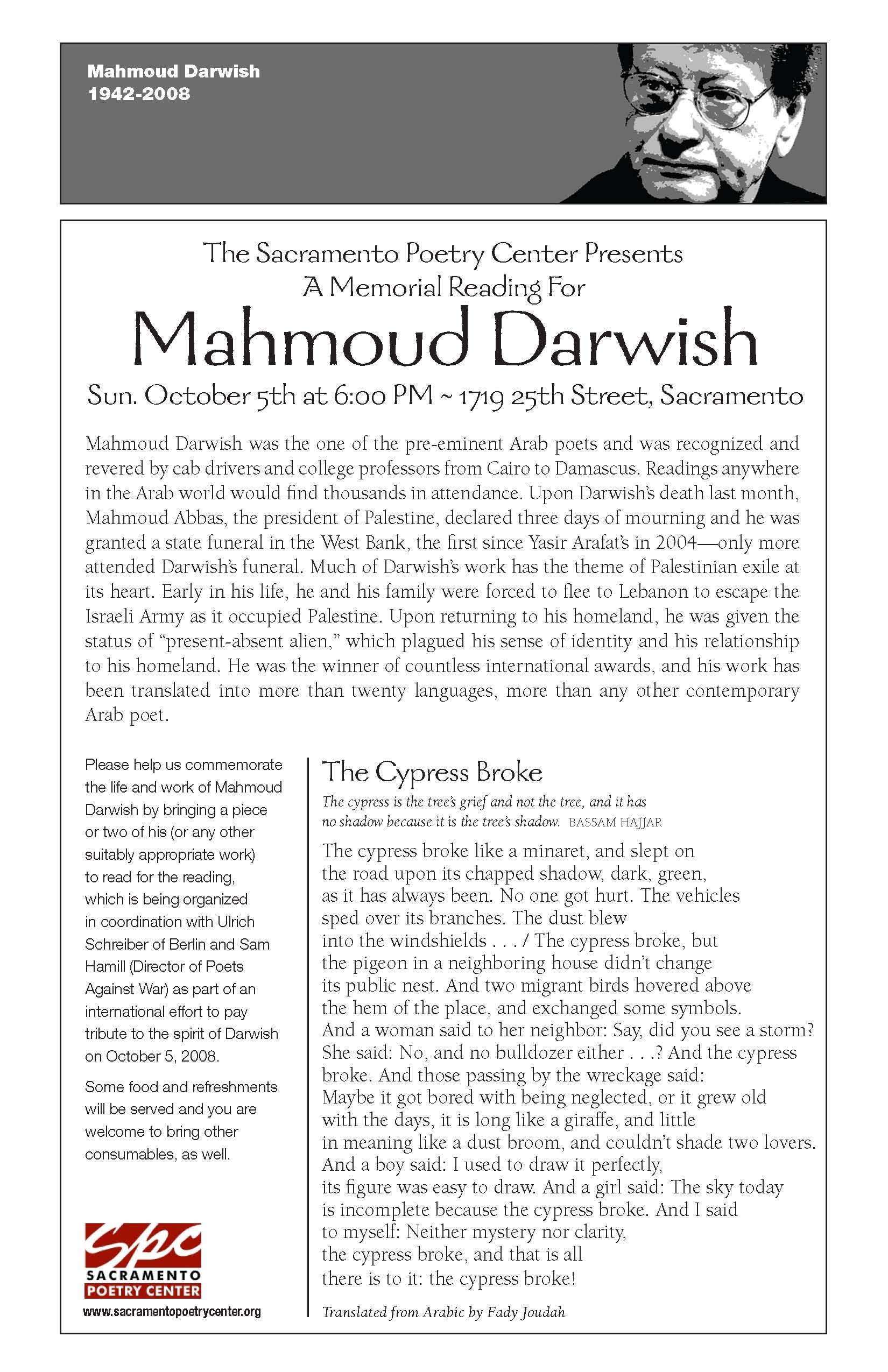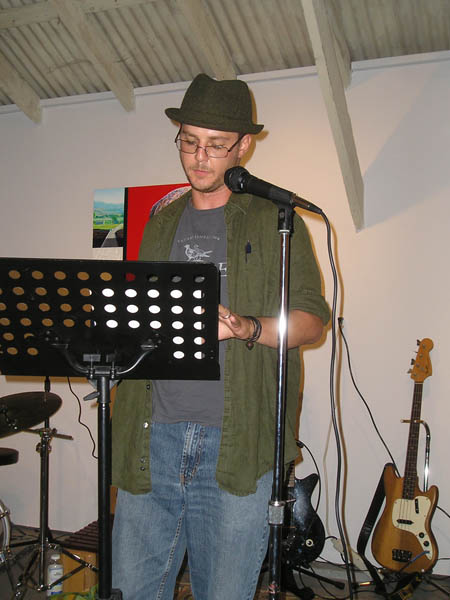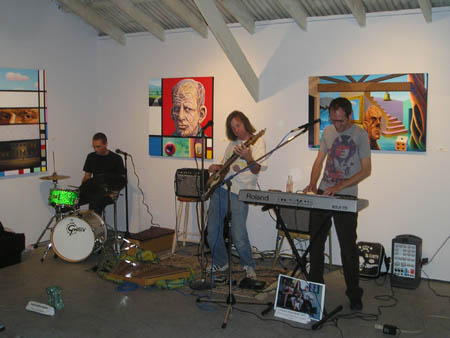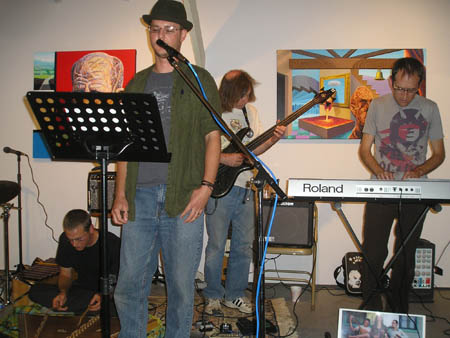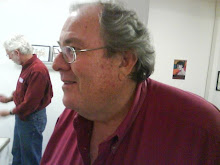Lisa Jones interviews the author of Wintering: a Novel of Sylvia Plath
This is a longer excerpt of an interview originally printed in SPC’s Poetry Now. I interviewed Kate Moses in Stockton, California, just before she gave a lecture at a University of Pacific symposium on Sylvia Plath. I came away hungry to read Moses’ novel and Plath’s poems and journals. Should you feel the same, I've posted a list of readings, recommend by Moses, at the end of this interview.
Is the Sylvia Plath you know the one who put her head in the oven and left her children with two cups of milk? Or was she a survivor writing poetry with a sense of hope--an artist, who’s work matured and became most inspired through the experience of mothering? According to Kate Moses, both Plaths existed, but because her last and best volume of poetry, Ariel, was not released in accordance with her own editorial intentions, many readers never got to know the resilient side of Plath. Instead, Ted Hughes and her publishers produced a version placing the poems in the chronological order that Plath wrote them in (not as she edited them), including darker poems that she had intended to leave for another book. In 2004, Ariel was re-released as Plath intended, but when Kate Moses was first inspired to write about Plath, she had to take the original published version to Kinkos. She couldn’t rest until she’d reassembled the poems in Plath’s intended order. That night Moses knew her first novel would be about the Plath that wrote Ariel.
Though the novel, Wintering, is a fictional account, it is based on extensive research--Moses went to London to study Plath’s letters and notes in addition to studying the many journals and published volumes about Plath. Anne Stevenson, poet and biographer of Plath, praises Wintering as “an admirably just and unexaggerated work” and the Boston Globe described it as “lush, luminous prose.” Wintering has been published in thirteen languages and received the Janet Heidinger Kafka Prize for best novel by an American woman in 2003.
Kate Moses has written a number of articles on Plath, she's authored fiction and non-fiction stories on other subjects, and is one of the founding editors of Salon.com’s Mothers Who Think website, which lead her to edit, with Camille Peri, the nationally bestselling, American Book Award-winning anthology Mothers Who Think: Real Life Tales of Parenting and Because I Said So: 33 Mothers Write About Children, Sex, Men, Aging, Faith, Race, and Themselves. She lives in San Francisco with her husband and two children.
I interviewed Moses at a restaurant in Stockton on October 27, 2008, the 76th anniversary of Sylvia Plath's birth.
Jones: How did you choose Sylvia Plath as the subject of your novel?
Moses: When I was first introduced to her work in college I found it terrifying. Also . . . . I couldn’t get beyond the image of her horrible death and see the work as separate from that.
About ten years later, after I graduated from University of Pacific (Stockton, CA), I got a job at a small literary publishing company in Berkeley, called North Point West, editing fiction and poetry. I was there for a number of years and I was eight months pregnant with my son. One day sorting through the mail, there was a magazine and it had a stanza from Morning Song:
All night your moth-breath
Flickers among the flat pink roses. I wake to listen:
A far sea moves in my ear.
Flickers among the flat pink roses. I wake to listen:
A far sea moves in my ear.
I thought that was so beautifully strange, I had to read the rest of the poem. So I found it and it was such a stunning shift in how I had seen her in my own head, but also the most eloquent evocation of the separateness and the connection of mothers and their children, the complexity. I had never read anything like that, so I went out and bought the collected poems, a couple of biographies, I got the journals, and the Bell Jar. People thought I was really strange because those were the books I took with me when I gave birth to my son.
I was actually reading Sylvia Plath in the maternity ward and that was what I was reading while I had this tiny little baby, going through exactly the same experience of waking in the night hearing the baby crying. She became so important in my personal pantheon of literary voices, but I never thought I’d write about her . . . .
[Years later, Moses returned to Plath to look up a quote from Plath’s journals on writer’s block which led her to reassemble Plath’s poems and reflect on Plath’s original intention that Ariel begin with the word “love” and end with the word “spring.”] It was mind-blowing. I realized that there was a narrative running through this book and it was a story she was telling about her own life. It made so much sense to me. I could picture her in the moment of putting this manuscript together, making the strategic editorial decisions of where to place the poems, so they would resonate with each other . . . . I had a sense of “I know what she was thinking.” Which was probably incredibly arrogant of me (laughter), but I had a sense of the story!
. . . . At that time people had written much about the Ariel poems . . . . , but the only person who had written about Plath’s version of Ariel was Marjorie Perloff, who had written one very lengthy, detailed article . . . when I read it I realized that Perloff’s thinking was very much in line with my sense of what the story was doing, but for me it was more on an intuitive level . . . . Even though rationally I thought “the last thing you want to do is take on this iconic writer that so many people feel proprietary about . . . I had to do it, because I felt so moved by her courageous attempt to save herself . . . .
That is so interesting that [Ted Hughes] made the choice to go against [the narrative that Plath intended for Ariel].
There’s a convoluted, difficult story related to that, because . . . . I think it was a little bit of everything. Plath was so excessively efficient in sending out her work that . . . . by the first week of February, she had already sent out almost all of those poems to journals or magazines. So they were already in circulation--some of those from the last six weeks of her life, which she did not intend to put in Ariel, like “Edge” and “Words”--these came from a different kind of inspiration. The Ariel poems were triumphant, a woman seizing her power, a phoenix risking from the ashes. The poems from the last weeks of her life were really bleak and chilling, lacking in a sense of hope and redemption. Completely different in from the Ariel poems in tone, but she was sending those poems out.
. . . I think on the one hand [Hughes] was trying to make the best book he could and he wanted to make as much money as possible for his children--for her children--and do the best by her. I honestly believe that he was trying to do the best by her that he could at the same time that he censored the manuscript by taking out poems that were particularly caustic towards her mother, or friends, or toward herself.
. . . . I saw a lot of the correspondence that he had with various editors when he was negotiating the sale of Ariel and there was a lot of back and forth. It was clear that people really wanted those really scary poems in there and, by reordering, he created a very different narrative and that was the Sylvia Plath that we all ended up knowing.
. . .
Jones: Her ordering of Ariel--had she made these editorial decisions after writing the darker poems?
Not necessarily. She was really meticulous about dating her work. She and Ted Hughes wanted to make a living as writers and they were really good at figuring out how to make money and they realized sometime in the last years of their marriage they could sell--their “scraps,” as they thought of it--their archives for money. So Plath thought . . . . I’m gonna date everything I do because I am going to sell this stuff . . . . Now every draft is dated. The latest poem she included in the manuscript was from early November of 1962. She continued to work on pieces of poems that she’d written before until the beginning of December.
She moved to London with her children around December 10 and didn’t write again until the very last few days of December. Then . . . through February 4th, she wrote another huge chunk of poems and those were the really, really dark ones. "Daddy," "Medusa" and "Lady Lazarus" came from the Ariel stash--from the Fall of ’62, but Munich Mannequin and . . . maybe another dozen or so [came] from that last period, but in that period of December that she wasn’t actually writing--she was organizing the manuscript. So none of those later poems ended up in the manuscript. She decided that these earlier poems had this cohesiveness and these later poems would be something else. She saw herself, that they weren’t part of the same book--they didn’t have the same inspiration.
. . .
One of the things I find really incredible about Plath . . . is that she had this unprecedented artistic breakthrough at the same time that she had two children under the age of two (one a nursing baby, they were both in diapers), her husband was gone, there was no childcare. There was one point when I was writing this book when I actually calculated how many . . . diapers . . . she was washing her own diapers . . . . and waking up at 4 o’clock in the morning and writing these poems. Sometimes writing two or three of them in a day. It’s just staggering! Try to think of some other poet that’s been through that same artistic trajectory . . . Its really incredible.
. . .
Jones: What are some favorite lines and poems of Plath’s that you would recommend, especially those that might show a different side of her than many of us may have seen?
Again, Morning Song is a really interesting complex poem . . . . there’s another line:
I'm no more your mother
Than the cloud that distills a mirror to reflect its own slow
Effacement at the wind's hand.
Jones: Yes, that's fascinating. That really gets at what you were talking about earlier--that the mother is developing at the same time as the child.
Moses: Exactly.
Jones: It seems to convey this self-consciousness in the parent that one is seeing one’s self in the child and getting something from that, but that is limited.
Moses: There’s also that breast milk image (in the “cloud that distills”). I just love that sense that you are feeding something into a child, so that they will actually leave you. They will become a whole person and not need you any more and then your effacement is really what you are facing from the day they are born. I just love that passage.
Oh, gosh, there’s just so much that I love in her work. I love the declarative of the end of the poem “Wintering.” Obviously I chose Wintering as the title for my book--the idea of being a poet at rest. After the hard work of writing the poem--that then it was her time to figure out what to do with them, but it is also that time of hibernation, waiting for the regeneration of spring. The last paragraph of “Wintering” is:
Will the hive survive, will the gladiolas
Succeed in banking their fires
To enter another year?
What will they taste of, the Christmas roses?
The bees are flying. They taste the spring.
One of the things I love about that poem is that, in her bee sequence--which she wrote literally in the days when she told Ted Hughes “you have to leave” and he was packing up and leaving their home [Plath had found out he was having an affaire]. That poem, the last in the series of poems about bees--she had a really hard time writing the ending of that poem and you can see it in the drafts. She wasn’t sure what was going to happen to her and she finally settled on this hopeful, sort of willed prophesy, that she was going to get through this hard period of her life and she was going to make it. You know--”the bees are flying. They taste the spring.” And then she chose that poem as the final poem in her book--she wanted to get there . . . and I always see it as a sort of Hansel and Gretel laying out the bread crumbs--she was giving herself the path that she was going to follow in the dark forest. So that really breaks me up just thinking about it--how hard she worked to come up with a way out for herself, a way to survive.
Her last poems are very bleak and chilling, but . . . there’s a line in [one of them, “Kindness,”]--the speaker is being tended by a kind woman [who] is bringing her tea and helping her take care of her children in this horrible moment of distress, as Plath was sinking deeper and deeper into depression. There’s a line in it, “you hand me two children, two roses.” Her visitor was literally handing her the babies and I just loved the connectedness between the roses as her children and the roses of spring, there was really a sense for her that the children were as essential to her survival as the poetry was Even in the last days of her life, her doctor had talked to a friend of hers and said “make sure she keeps taking care of her children, that is what is keeping her going. One of the reasons that she didn’t get hospitalized in the end was because her doctor was trying to find her a hospital bed where she could care for the children and not be separated from them. Obviously he wasn’t able to find one for her, by the time she committed suicide.
Lisa Jones is a staff interviewer for Poetry Now. A member of the Squaw Valley Community of Writers, she is currently editing their Annual Review. She recently won first place for the Constance Topping Memorial Prize for poetry and received an honorable mention in the Sacramento Poetry Center contest. She can be reached at lisajonespoet@gmail.com.
Excerpt from Wintering:
"Up the gravel-crusted footpaths of Primrose Hill she rises, pushing Nicholas in the pram. Past the traffic crossing and wrought-iron palisade at the undulant edge of Regent's Park Road, the last decaying sycamore leaves cartwheeling, hand-sized and yellow, over the flagstone footpath, slick black taxis and their soundless occupants flickering by like penny theater scenes at the edge of her sight. Across the green lawns spreading on all sides, she walks in the last granular light of afternoon. Frieda's mittened hand curls around the curving chrome chassis of the pram. Sylvia leads her, a docile calf, toward the playground at the foot of the hill. But the summit exerts its own pull, its cloud-marbled arc of changeable, potent sky drawing Sylvia's muted attention. ..."
Reading Sylvia Plath
Kate Moses says “These are the books, among hundreds, that I found most valuable in developing a balanced view of Plath as a person and a poet:”
Plath's work
Collected Poems
Journals of Sylvia Plath 1950-1962, edited by Karen Kukil, the curator of the Plath archive at Smith College.
Ariel, The Restored Edition, published in 2004
Biographies
Diane Middlebrook's Her Husband: Plath & Hughes, A Marriage
Anne Stevenson's Bitter Fame: A Life of Sylvia Plath
Note: Middlebrook's book is focused on the creative partnership of Plath & Hughes and further follows Hughes' career through the lens of the impact of Plath's suicide. Stevenson's is a more broad, complete bio of Plath but it's important for readers to know that Stevenson was heavily pressured by Hughes' sister, Olwyn Hughes, who at that time had administrative control of the Plath estate, to portray Plath from a particular (uncomplimentary) angle, and ultimately felt that her authorial control and objectivity was highly compromised by the estate, which Stevenson very carefully alludes to in her author's note. Even so, the book has a wealth of information on Plath's life and poetic development.
Critical works
Judith Kroll, Chapters in a Mythology: The Poetry of Sylvia Plath is one of the earliest critical studies and still one of the finest, essential to an understanding of the underlying influences and archetypal tropes of Plath's poetry.
Susan K. Van Dyne, Revising Life: Sylvia Plath's Ariel Poems and Lynda K. Bundtzen, The Other Ariel are both excellent, in-depth examinations of Plath's Ariel poems in particular.
Tracy Brain, The Other Sylvia Plath, as well as Tim Kendall's Sylvia Plath: A Critical Study and Steven Gould Axelrod's Sylvia Plath: The Wound and the Cure of Words study Plath's poetics and artistic process, utilizing the authors' own insights and incorporating important critical responses from other sources as well.








